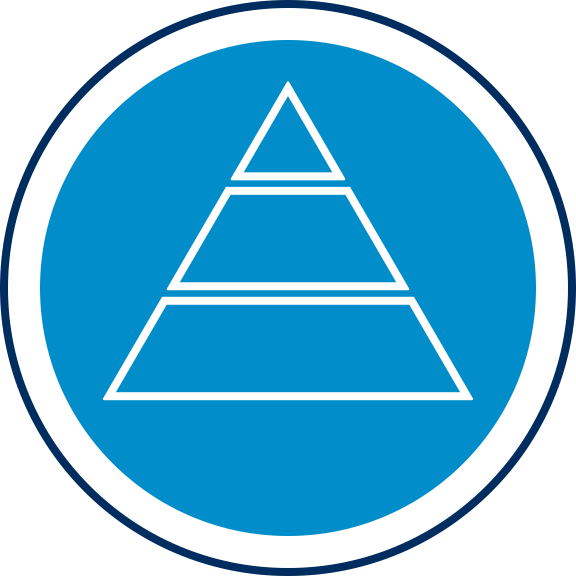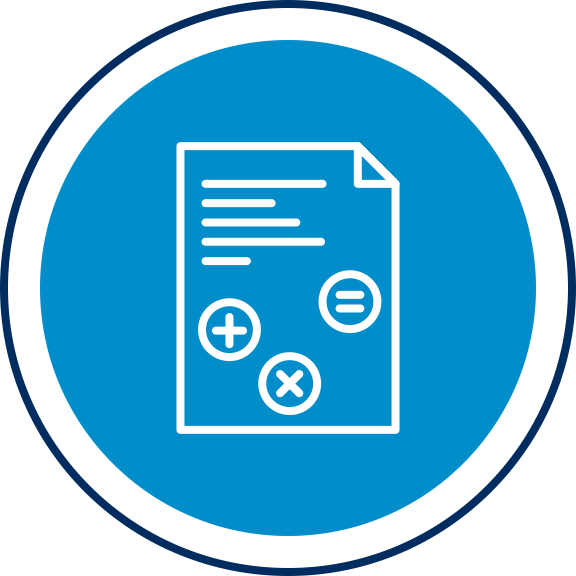About the GPW 13 Triple Billion Dashboard
Track progress of WHO countries, regions and partners to meet the Triple Billion targets and health-related SDGs through access to timely, reliable and actionable data.
The Thirteenth General Programme of Work (GPW 13) defines WHO's strategy for the five-year period 2019-2025. The GPW 13 Results Framework was developed to track the measurable impact of WHO on people's health at the country level. It includes three components: impact measurement; the output scorecard; and qualitative country case studies. More information on the GPW 13 Results Framework can be found online here.

Impact measurement is based on the Sustainable Development Goals and measures progress at three levels:
- 46 outcome indicators encompassing a comprehensive range health topics;
- The Triple Billion targets; and
- Healthy life expectancy (HALE).

Improve the health of billions by 2025:
- One billion more people benefitting from universal health coverage.
- One billion more people better protected from health emergencies.
- One billion more people enjoying better health and well-being.

More information about the GPW 13 impact measurement component can be found in:

An interactive and dynamic tool to track progress and deliver impact towards the Triple Billion targets and Sustainable Development Goals at country, region and global levels.WHO strives to incorporate new data into the dashboard as it becomes available, and estimates/projections will change in response to these data. The dashboard has been developed through consultation with countries, and will continue to be updated and improved based on the feedback we receive.

Identifying health inequalities and their drivers is essential for achieving health equity. The Triple Billion dashboard monitors health inequality both within countries and between countries, in order to leave no one behind. WHO’s Health Equity Monitor provides additional tools and data for monitoring health inequalities.
- Ability to download data for all indicators.
- Links to other policy, guidance and data portals for the outcome indicators.
- Between-country inequalities are monitored by comparing the situation across countries, both at indicator-level and for each of the Triple Billion targets. For instance, ideally the situation should be improving faster in low-income countries in order to close existing gaps.
- To monitor within-country inequalities, in the Indicators dashboard impact measurement indicators are disaggregated by inequality dimensions (e.g. sex, economic status, place of residence) and priority subgroups (typically the most disadvantaged or vulnerable), where data are available. The situation in the priority subgroups should be monitored against the national average, to ensure that subgroups are not being left behind.